Carlo Maratta's school
Oil painting on canvas
Dimensions 119 X 145 cm
The first canvas work has been cleaned and restored in our laboratory.
Carlo Maratta, sometimes also referred to as Carlo Maratti (Camerano, May 15, 1625 - Rome, December 15, 1713).
He was born on May 15, 1625 in the village of San Germano di Camerano, then one of the castles of Ancona. His family, originally from Dalmatia, like many others, had crossed the Adriatic to escape the Turkish domination and had settled in a land that has always been open to contacts with the East.
From an early age he was taken by the love for drawing and painting; Don Corinzio Benincampi, parish priest of Massignano, a castle located near his native village, noticed his disposition for the figurative arts and urged him to paint his first works, which he created at an early age. It was always the parish priest who was interested so that the young Carlo could settle in Rome, in the workshop of Andrea Sacchi, one of the greatest artists of the Rome of the time.
In Rome the pictorial culture was dominated by the impetuous affirmation of the Baroque and by the first crisis of the naturalistic classicism of Annibale Carracci; alive was the debate on "ideal beauty", embodied in the paintings of Guido Reni and Domenichino. Sassoferrato in the meantime contrasted with the exuberance of the Baroque by adopting more unitary and simple compositions.
He stayed in Sacchi's shop for a long time, from eleven to twenty-five (1651); by the master he was introduced to rigorous academy painting in the courtly footsteps of Raphael. His artistic culture was also formed on the examples of the Bolognese, in particular Giovanni Lanfranco and Guercino. In fact, he was the true founder of that Roman Academy which later imposed a classical address on the culture of the second half of the eighteenth century.
Despite his first successes, in 1647 Maratti left Rome and settled in Ancona for two years; probably his decision was dictated by the desire to become more independent from the master and his brother Bernabeo, also a painter. His stay in Ancona marked a turning point in his art, which gave him security and offered him the opportunity to meditate on the works of Titian and Guercino present in the city. Di Tiziano especially admired the Apparition of the Virgin of San Francesco ad Alto, as shown by his later production.
After returning to the Eternal City in ROME, in 1650 Maratti painted the altarpiece that marks the beginning of his artistic maturity and which is the first prestigious Roman work: it is the Nativity (or Adoration of the Shepherds) for the church of San Giuseppe dei Falegnami, in which he demonstrated the possibility of harmoniously blending all the most vivid experiences of Roman painting of his time, both in the composition and in the chromatic range. His stay in Ancona had strengthened him and allowed him to focus on his idea of painting.
After the Nativity, Maratti became the main point of reference in the increasingly open contrast between an ever-resurgent classicism and an increasingly scenographic and imaginative Baroque, like that of Andrea Pozzo in the famous ceiling of San'Ignazio. This conflict needed mediation, and Maratti was able to carry it out; his works became famous and foreign collectors disputed his drawings, still preserved today in Florence, Rome, Vienna, Copenhagen. He had the Flemish Sebastiaen van Aken as a pupil.
The artist returned to the Marche in 1672, in the heyday of his art. Among the masterpieces of this period we must remember the altarpiece he painted for the church of San Nicola di Ancona (Madonna with Child in glory and saints), dated 1672, almost a tribute to the Apparition of the Virgin by Titian, of which Maratta gives a baroque interpretation. In Urbino he was responsible for the fresco decoration of the dome of the cathedral, the work of Francesco di Giorgio Martini; the chosen subject was The Fall of Lucifer. These frescoes are a novelty in the field of scenographic decorations, very different from the typically Baroque ones.
He died in 1713 and was buried in Rome at the Basilica of Santa Maria degli Angeli e dei Martiri. His burial has been recently studied, with an analysis of the shape and style, which already seem to echo the characteristics of the mature eighteenth century, and also with an analysis of the funeral epitaph and the circumstances of the investiture to the knighthood, which determined the origin of the monument.
THE WORK WILL BE SHIPPED INSIDE A WOODEN CASE AND WILL BE ACCOMPANIED BY A CERTIFICATE OF AUTHENTICITY







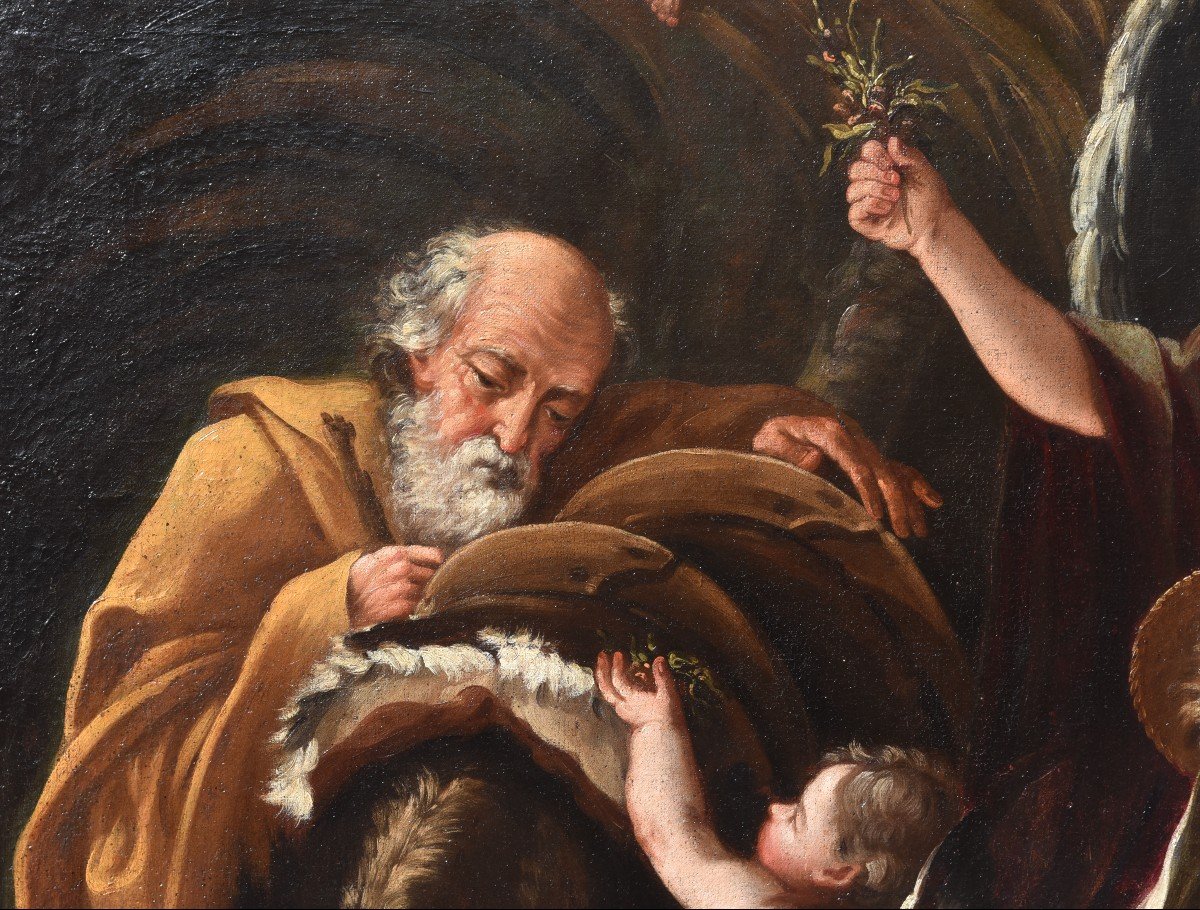





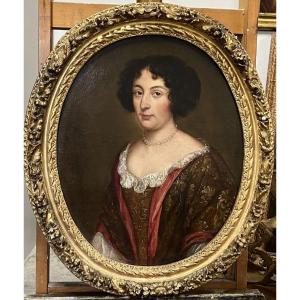


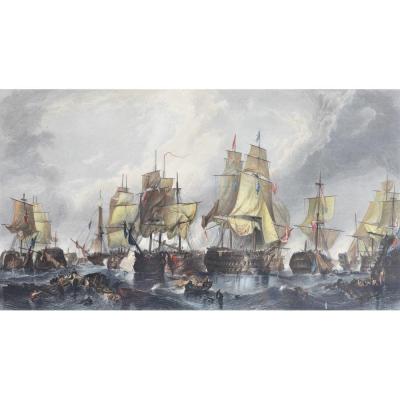

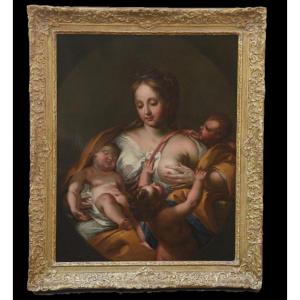

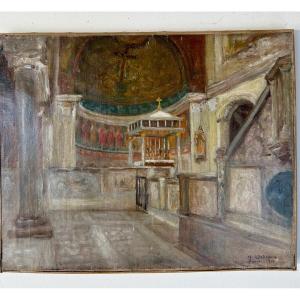







 Le Magazine de PROANTIC
Le Magazine de PROANTIC TRÉSORS Magazine
TRÉSORS Magazine Rivista Artiquariato
Rivista Artiquariato
